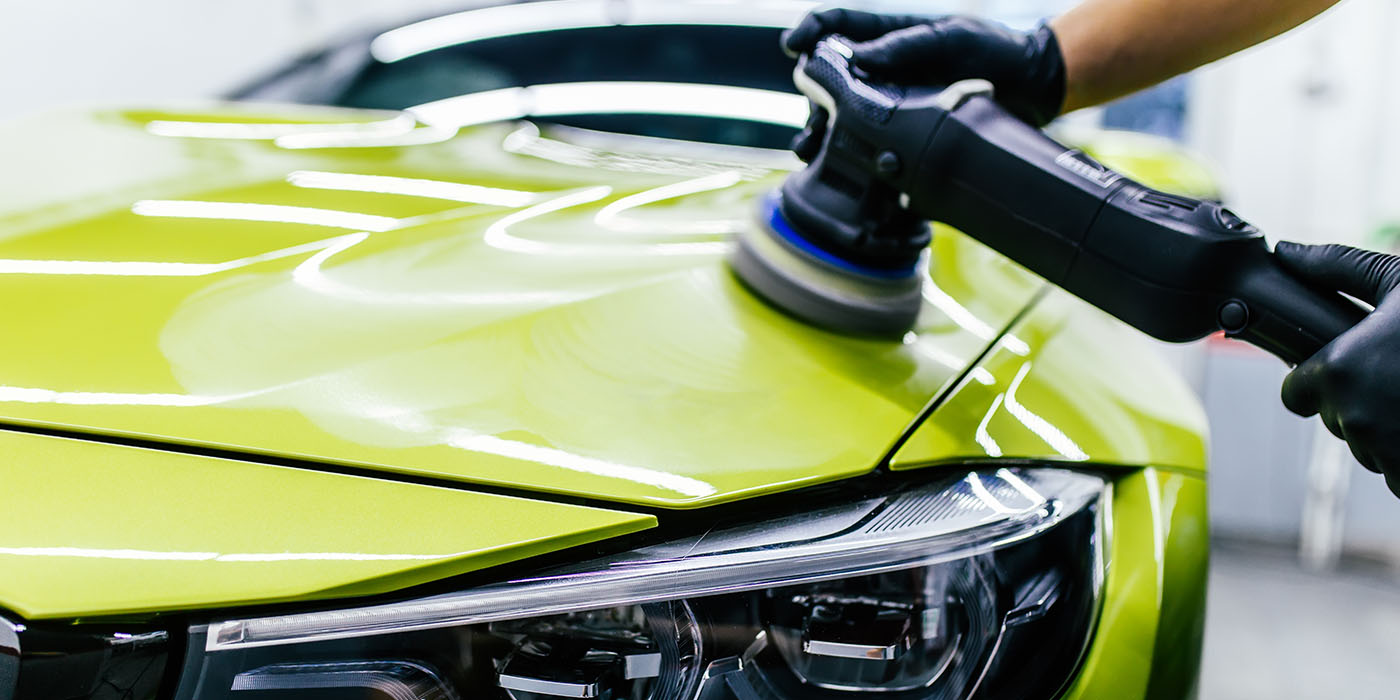
Car polishing is a crucial aspect of vehicle maintenance that not only enhances the aesthetic appeal of your car, but also prolongs its lifespan by safeguarding the paintwork from environmental damage. Despite the wide adoption and popularity of polishing products, many car owners have questions about the processes, techniques and products involved in car polishing. This article will aim to address some of the most frequently asked questions about polishing products, providing a comprehensive understanding of the importance and benefits of car polish.
What is Car Polish?
Car polish is a product engineered to eliminate surface scratches, swirls, oxidation, dirt and other minor imperfections from your car’s paintwork. It often contains mild abrasives which gently cleanse the surface of the paint, removing a thin layer to reveal a fresh one beneath. When applied properly, the outcome is a smooth surface with amplified shine and gloss, giving your car a rejuvenated and well-maintained appearance.
How Often Should Polish be Applied?
The frequency of polish application will depend on several factors such as your vehicle’s exposure to harsh weather conditions, how often you wash your vehicle and its colour (as darker colours tend to make imperfections more pronounced). However, as a general guideline, polishing your car twice a year, once at the beginning of the year and again in the middle of the year, can keep it looking fresh and well-maintained all year round. Regular polishing can also help in identifying any potential issues like rust spots or paint chips early on, allowing for timely repair and maintenance.
Is it Better to Polish a Car by Hand?
While machine polishing is faster and more efficient than hand polishing, it’s a skill that requires extensive practice and experience to master. Therefore, if you’re new to car polishing or prefer a more hands-on approach, hand polishing can be an effective alternative.
Bear in mind, hand polishing the surface of a vehicle will require more time and effort compared to machine polishing, but it’s generally the best way to learn car polishing best practices if you’re just starting out.
What’s the Difference Between Car Waxing & Polishing?
Polishing involves removing minor surface imperfections from your car’s paintwork, while waxing involves applying a protective layer on top of the polished surface. Essentially, polish provides a cleaning action, while wax offers protection. Ideally, you should first polish your car to remove any imperfections, then apply wax for added shine and protection against environmental elements like UV rays and rain. This two-step process ensures that your car’s exterior is not only clean and shiny, but also well-protected against the elements.
Is Polishing Bad for Your Car’s Paintwork?
When you use high-quality car polish suitable for your vehicle’s paint type, polishing isn’t detrimental to your vehicle’s exterior; instead, it preserves its appearance by removing minor blemishes. However, frequent or aggressive use of abrasive polishes can thin out or damage the clear coat over time, so always ensure you’re using appropriate products correctly. It’s also important to note that polishing should be followed by waxing to seal the paint and provide a protective layer.










Comments